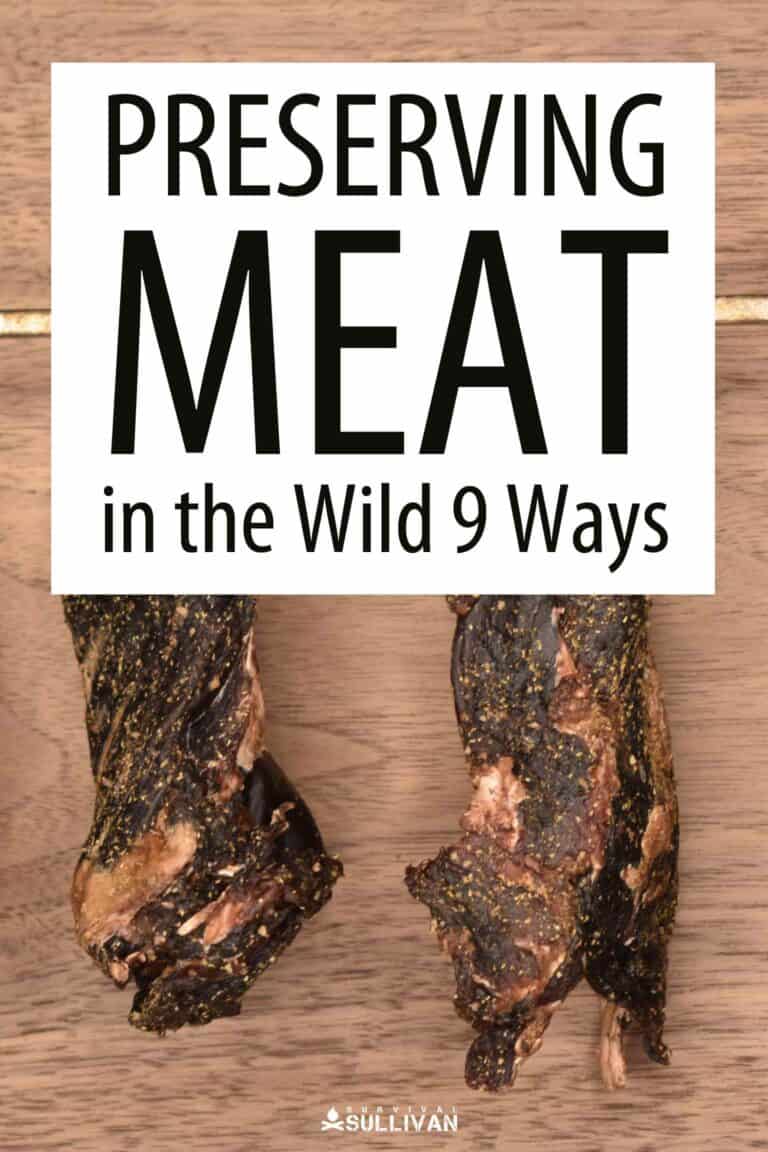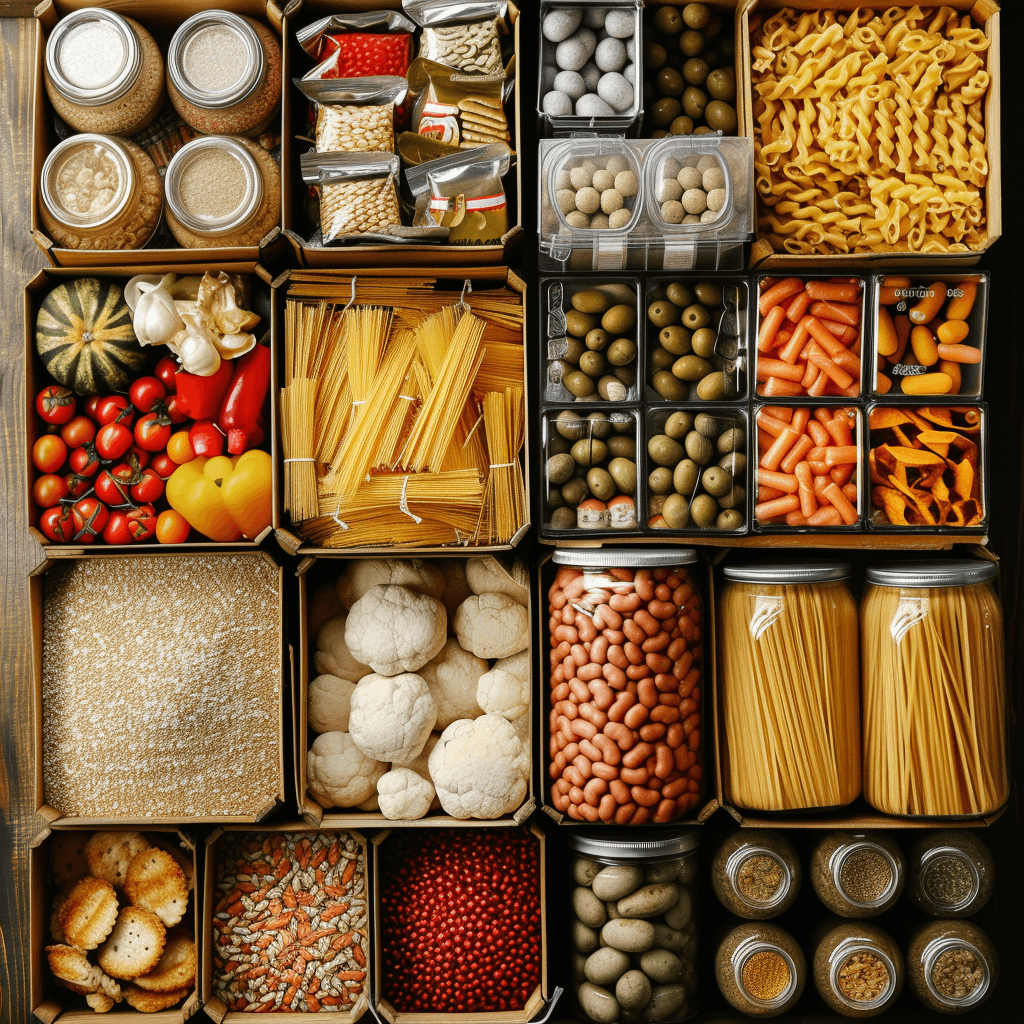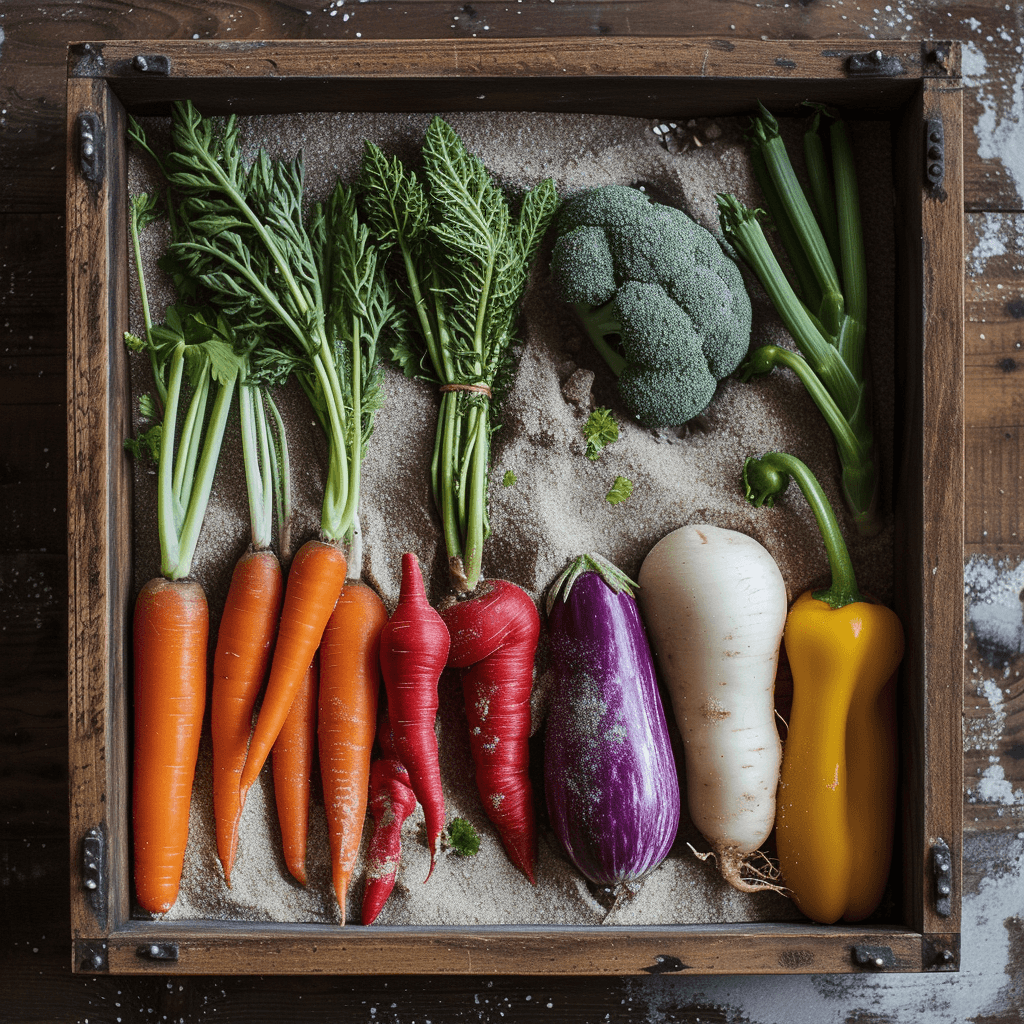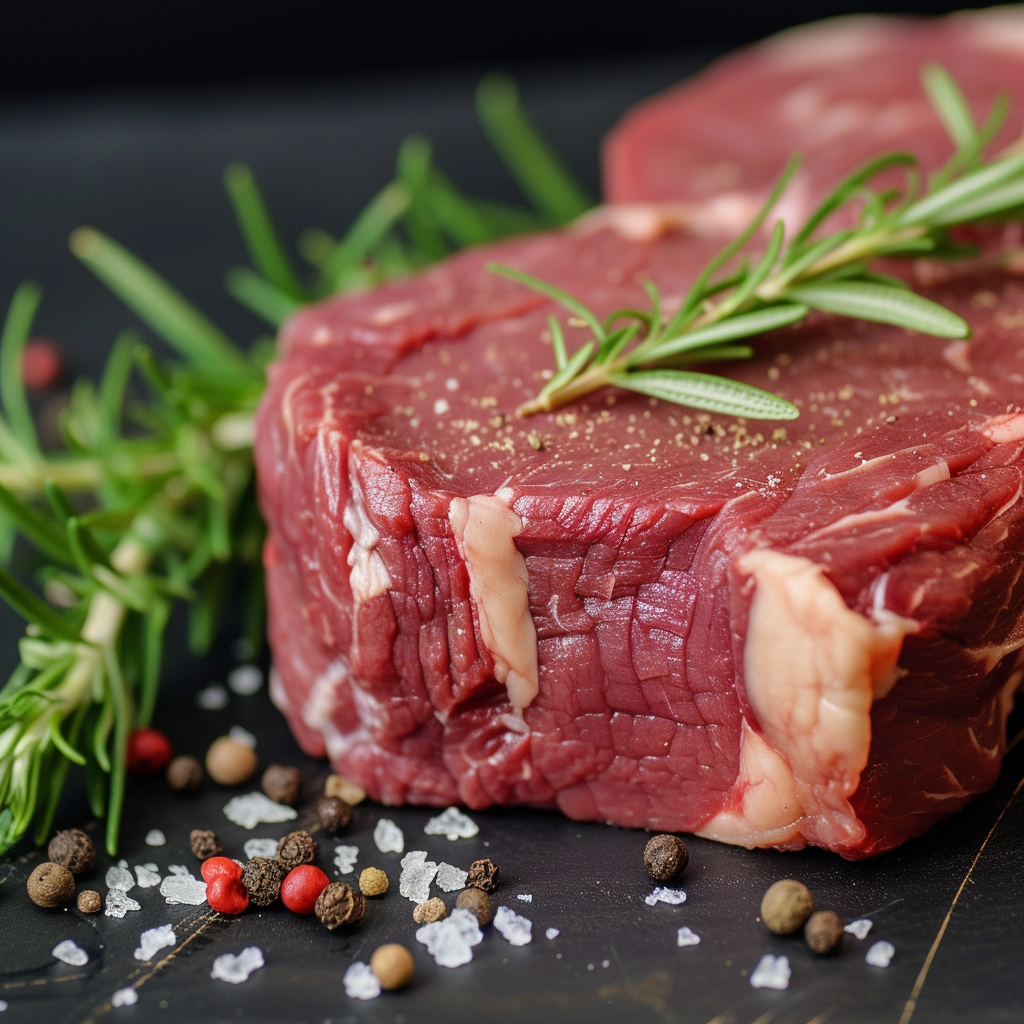In this article, we’re going to explore essential meat preservation techniques specifically geared towards survivalists. If you’re interested in off-grid living or simply want to be prepared for any situation, it’s important to know how to preserve meat properly. We’ll be discussing different methods that survivalists commonly use to preserve meat so that it can be stored and consumed for an extended period of time. By the end of this article, you’ll have a good understanding of the techniques and tools you’ll need to keep your meat fresh and safe in survival situations.

Essential Meat Preservation Techniques for Survivalists
Off-grid living and survivalist lifestyles often require individuals to be self-sufficient in various aspects of life, including food preservation. One essential skill for survivalists is the ability to preserve meat effectively. In this article, we will explore some of the most vital meat preservation techniques that can be employed by survivalists. From curing and smoking to dehydrating and canning, these methods will ensure you have a sustainable source of protein in any survival situation.
Curing
What is Curing?
Curing is a traditional meat preservation technique that involves using salt, sugar, and other seasonings to draw out moisture from the meat. This process inhibits bacterial growth and extends the shelf life of the meat.
Process of Curing Meat
To cure meat, you will need a curing mix that typically contains salt, sugar, and seasonings. These ingredients are combined, and the meat is coated or immersed in the curing mixture. The meat is then refrigerated for a specified period to allow the curing process to occur.
Types of Cures
There are two main types of cures used in meat preservation: wet cure and dry cure. Wet curing involves completely submerging the meat in a curing solution, while dry curing involves rubbing the meat with a dry curing mix. Both methods are effective but require different preparation and curing times.
Benefits and Drawbacks of Curing
The primary benefit of curing is that it markedly extends the shelf life of meat, allowing survivalists to store it for extended periods without refrigeration. Cured meat can also add unique flavors and make an excellent addition to various dishes. However, curing can be time-consuming and requires careful monitoring of temperature and curing times to achieve safe and optimal results.

Smoking
Introduction to Smoking Meat
Smoking is another popular meat preservation technique that has been used for centuries. This method involves exposing the meat to smoke generated by burning wood or other materials. The smoke helps to preserve the meat by inhibiting the growth of bacteria and imparting delicious smoky flavors.
Types of Smoking Techniques
There are two primary smoking techniques used for meat preservation: hot smoking and cold smoking. Hot smoking involves exposing the meat to both smoke and heat, cooking it in the process. Cold smoking, on the other hand, only exposes the meat to smoke without cooking it. Both techniques have their advantages and are suitable for preserving different types of meat.
How Smoking Preserves Meat
Smoking meat preserves it by using the antimicrobial properties of smoke to inhibit bacterial growth. The smoke helps to create a protective barrier on the meat’s surface, preventing the growth of harmful bacteria. Additionally, the low heat used in some smoking methods helps dehydrate the meat, further aiding preservation.
Factors to Consider When Smoking Meat
When smoking meat as a survivalist, several factors should be taken into account. These include the type of wood used for smoking, the duration of smoking, and the temperature at which the meat is smoked. These factors can greatly impact the flavor, texture, and overall preservation of the meat.
Dehydrating
Dehydrating Meat for Preservation
Dehydrating is a popular meat preservation technique that involves removing the moisture from the meat, thereby inhibiting the growth of bacteria and microorganisms. Dehydrated meat, also known as jerky, is lightweight, portable, and can be stored for an extended period without refrigeration.
Methods of Dehydrating Meat
There are multiple methods of dehydrating meat, including air drying, oven drying, and using a food dehydrator. Air drying involves hanging the meat in a well-ventilated area until it is completely dry. Oven drying uses low heat and a prolonged drying time to remove moisture, while a food dehydrator provides controlled heat and airflow for faster and consistent dehydration.
Tools and Equipment for Dehydrating
For successful meat dehydration, you will need some specific tools and equipment, depending on the method you choose. These can include sharp knives for slicing the meat thinly, a dehydrator or oven with adjustable temperature settings, and racks or trays for proper air circulation. Vacuum sealers may also be used for storing dehydrated meat.
Tips for Successful Dehydration
To achieve optimal results when dehydrating meat, it is essential to follow some key tips. These include selecting lean cuts of meat, slicing the meat thinly and evenly, marinating the meat for added flavor, and ensuring proper air circulation during the dehydration process. Additionally, proper storage in airtight containers or vacuum-sealed bags is crucial to maintain the meat’s shelf life.

Freezing
Freezing as a Meat Preservation Method
Freezing is a widely utilized meat preservation technique that involves storing meat at temperatures below freezing point. Freezing effectively inhibits the growth of bacteria and other microorganisms, keeping the meat safe for consumption for an extended period.
Preparation and Packaging for Freezing
Proper preparation and packaging are essential when freezing meat for preservation. The meat should be trimmed of excess fat, divided into smaller portions, and wrapped tightly in freezer-safe packaging materials, such as plastic wrap or freezer bags. Removing as much air as possible from the packaging helps prevent freezer burn.
Thawing and Storing Frozen Meat
When thawing frozen meat, it is vital to do so in a safe manner to avoid bacterial contamination. Thawing can be done slowly in the refrigerator, in cold water, or using the defrost function of the microwave. Once thawed, the meat should be cooked immediately or stored in the refrigerator for a limited period. Refreezing thawed meat should be avoided, as it can negatively affect quality and safety.
Avoiding Freezer Burn
Freezer burn is a common issue when improperly storing frozen meat. It occurs when moisture evaporates from the meat, leading to the formation of ice crystals and resulting in a dry, discolored, and unappealing texture. To avoid freezer burn, it is crucial to package the meat properly, ensuring a tight seal that prevents air from entering the packaging.
Salting
The Role of Salt in Meat Preservation
Salt has long been used as a natural preservative, and it plays a vital role in meat preservation. When salt is applied to meat, it draws out moisture, creating an inhospitable environment for the growth of bacteria and microorganisms.
Different Salting Techniques
Salting techniques can vary depending on the desired outcome. Wet curing involves immersing the meat in a saltwater solution, while dry salting requires rubbing salt directly onto the meat’s surface. Combination curing involves both wet and dry curing methods, ensuring the meat is thoroughly preserved.
Salt Curing vs. Dry Salting
Salt curing and dry salting are two distinct methods of preserving meat using salt. Salt curing involves submerging the meat in a brine solution containing salt and other seasonings, while dry salting requires rubbing salt directly onto the meat’s surface. Both methods offer effective meat preservation but may result in different flavors and textures.
Salt Ratios and Curing Times
To achieve optimal preservation and taste, it is essential to follow recommended salt ratios and curing times. Salt ratios depend on the type of meat being preserved, with lean meats generally requiring less salt than fatty cuts. Curing times vary based on the size and thickness of the meat, ranging from a few days for smaller cuts to several weeks for larger pieces.

Pickling
Using Pickling to Preserve Meat
Pickling is a versatile preservation technique that can be applied to meats. It involves submerging the meat in a pickling solution, typically consisting of vinegar, water, salt, sugar, and various spices and flavorings. Pickled meat offers a tangy and flavorful addition to your survivalist pantry.
Types of Pickling Solutions
There are various types of pickling solutions that can be used to preserve meat. Vinegar-based solutions are the most common choice, with different types of vinegar, such as white vinegar, apple cider vinegar, or malt vinegar, providing unique flavors. Other solutions may include brine, fermented solutions, or a combination of vinegar and brine.
Pickling Meat vs. Pickling Vegetables
While pickling is commonly associated with preserving vegetables, it can also be used for meat preservation. The pickling process works similarly for both meat and vegetables, inhibiting bacterial growth and enhancing flavor. However, the pickling time and ingredients may differ slightly between the two.
Pickling Meat Safely
To ensure safe pickling of meat, it is essential to maintain proper hygiene and follow recommended pickling times and methods. Sterilizing jars or containers, using fresh ingredients, and storing pickled meat in a cool, dark place will help prevent spoilage and maintain the preservation qualities of pickling.
Canning
Introduction to Canning Meat
Canning is a popular method of preserving meat for long-term storage. The process involves placing meat in jars or cans and subjecting them to heat to kill bacteria and seal the containers, creating a vacuum seal that prevents spoilage.
Pressure Canning vs. Water Bath Canning
There are two main methods of canning meat: pressure canning and water bath canning. Pressure canning is necessary for low-acid foods, such as meat, as it reaches higher temperatures required to kill dangerous bacteria. Water bath canning is suitable for high-acid foods, such as pickled meats, where the high acidity helps inhibit bacterial growth.
Steps Involved in Canning Meat
Canning meat involves several key steps to ensure proper preservation. These include selecting high-quality meat, preparing the jars and lids, packing the meat into the jars, adding liquid or sauce, closing the jars, and processing them in a pressure canner or water bath canner. Following precise instructions and processing times is crucial for safety and optimal preservation.
Long-Term Shelf Life of Canned Meat
Canned meat, when properly processed and stored, can have an impressive shelf life of up to five years or more. This makes it an excellent option for survivalists and those living in off-grid situations, providing a reliable source of protein even without refrigeration.

Jerking
What is Jerking?
Jerking has been practiced for centuries as a method of preserving meat. Originating in Jamaica, jerking involves marinating meat in a flavorful spice blend and drying it with smoke. The resulting jerky-like product is packed with intense flavors and can be stored for extended periods.
Traditional Jerking Techniques
Traditional jerking techniques involve creating a marinade or paste known as a jerk seasoning, which typically consists of ingredients such as scotch bonnet peppers, onions, garlic, thyme, and various spices. The meat is marinated in this mixture, then smoked with pimento wood, imparting a distinctive and vibrant flavor.
Modern Methods of Jerking Meat
While traditional jerking techniques are still widely practiced, modern methods have evolved to make the process more accessible. Jerking can now be accomplished using commercial jerk seasonings or homemade spice blends. The meat can be dried in a dehydrator, oven, or smoker, allowing survivalists to achieve jerky-style preservation with their preferred equipment.
Flavors and Seasoning in Jerking
Jerking offers a myriad of flavor possibilities depending on the ingredients and spices used in the jerk seasoning. From sweet and savory to spicy and tangy, jerking allows survivalists to customize their preserved meats to suit their preferences. Common flavors include the smokiness from pimento wood, the heat of scotch bonnet peppers, and the aromatic hints of thyme and spices.
Fermenting
Preserving Meat through Fermentation
Fermentation is an ancient preservation technique that can be applied to meat. This process involves creating an anaerobic environment in which beneficial bacteria consume sugars in the meat, producing lactic acid and inhibiting the growth of harmful bacteria.
Different Fermentation Methods
There are various methods of fermenting meat, including dry fermentation, brine fermentation, and using starter cultures. Dry fermentation involves coating the meat in salt or a salt-sugar mixture and allowing natural fermentation to occur. Brine fermentation immerses the meat in a saltwater solution, while starter cultures introduce specific bacteria strains to jumpstart the fermentation process.
Safety Considerations in Meat Fermentation
Fermenting meat requires careful consideration of safety measures. The process should be carried out in a clean and controlled environment to prevent contamination by harmful bacteria. Additionally, monitoring pH levels, temperature, and fermentation times is crucial to ensure the meat is safe for consumption.
Flavors and Textures of Fermented Meat
Fermented meat offers unique flavors and textures, ranging from mildly tangy to intensely umami. The fermentation process can break down proteins, resulting in tender and flavorful meat. The length of fermentation and the type of bacteria present will greatly influence the final taste and texture of the fermented meat.
Charcuterie
Art of Charcuterie
Charcuterie is the art of curing, smoking, and preparing various meat products, including sausages, pâtés, and cured meats. It is an ancient culinary craft that has been handed down through generations, and it offers survivalists an array of preserved meats to enjoy in any off-grid situation.
Varieties of Charcuterie
Charcuterie encompasses a wide range of meat products, each with its unique preparation and preservation methods. Some popular examples include salami, prosciutto, bacon, and terrines. Each variety has its distinct flavors and textures, making charcuterie a versatile and exciting choice for survivalist meat preservation.
Preparing and Curing Charcuterie Meats
Preparing and curing charcuterie meats requires attention to detail and patience. The meat is typically seasoned with a combination of spices, herbs, and often a curing mixture. The curing process can be short or long, depending on the desired result, and is followed by specific drying and aging techniques to develop flavor and texture.
Storing and Serving Charcuterie
Proper storage and handling are essential for charcuterie to maintain its quality and safety. Most charcuterie requires refrigeration or controlled aging in a temperature and humidity-controlled environment. It is served sliced or in combination with other charcuterie items, accompanied by bread, cheese, and other accompaniments.
Vacuum Sealing
Vacuum Sealing for Meat Preservation
Vacuum sealing is a popular technique used in meat preservation among survivalists. This method involves removing air from airtight packaging, creating a vacuum seal that significantly extends the shelf life of the meat.
Benefits and Drawbacks of Vacuum Sealing
Vacuum sealing offers several benefits for meat preservation. It helps inhibit the growth of bacteria and prevent freezer burn by removing oxygen from the packaging. Vacuum-sealed meat also takes up less space in storage and stays fresher for longer. However, some drawbacks include the need for special equipment and the potential for punctures or leaks in the vacuum-sealed bags.
Proper Vacuum Sealing Techniques
To achieve optimal vacuum-sealed meat, it is important to follow proper sealing techniques. This involves using a vacuum sealer machine or handheld vacuum sealer, selecting the appropriate packaging material, properly sealing the bags or containers, and storing the vacuum-sealed meat in a cool and dry place.
Storage Recommendations for Vacuum-Sealed Meat
Vacuum-sealed meat should be stored in a cool, dark, and dry environment. It is recommended to keep the meat refrigerated or frozen depending on the desired shelf life. However, it is essential to note that vacuum sealing does not eliminate the need for proper storage temperatures; it only prolongs the meat’s freshness and quality.
Cooking and Storing in Fat
Cooking Meat in Fat for Preservation
Cooking and storing meat in fat is a traditional preservation method that has been used for centuries. This technique involves slow cooking the meat in fat until it becomes tender, then storing it in the same fat to create a seal that prevents spoilage.
Choosing the Right Fats for Cooking and Storing
The choice of fats used for cooking and storing meat is crucial for both flavor and preservation. Fats with a high smoke point and low moisture content, such as lard, duck fat, or clarified butter, are preferred. These fats create a protective barrier around the meat and help preserve its texture and taste.
Steps for Cooking and Storing Meat in Fat
To cook and store meat in fat, the meat is first seared to seal in the flavors and moisture. It is then placed in a cooking vessel and covered with the preferred fat. Slow cooking at a low temperature ensures tender meat, and once cooked, the meat is left to cool in the fat, creating a protective seal.
Longevity of Fat-Preserved Meat
Meat preserved in fat can have an extended shelf life when stored in a cool environment. The fat acts as a barrier, protecting the meat from contact with oxygen and inhibiting the growth of bacteria. Proper storage conditions and strict hygiene practices are necessary to maintain the meat’s safety and quality.
Air-Drying
Air-drying is a traditional preservation technique that involves hanging meat to dry in a well-ventilated area. This method draws out moisture from the meat, inhibiting bacterial growth and concentrating flavors.
The success of air-drying meat depends on optimal conditions, including appropriate temperature, humidity, and air circulation. The meat needs to be prepared properly, ensuring the removal of excess fat and maintaining cleanliness throughout the process. The time required for drying varies depending on the type and thickness of the meat.
Air-dried meat, commonly referred to as cured or dried meat, has a unique and concentrated flavor profile. It can be enjoyed as is or further cooked and incorporated into various dishes. Proper storage in a cool, dry, and preferably dark place is crucial to prevent spoilage and maintain the meat’s quality.
Conclusion
As a survivalist, mastering meat preservation techniques is essential for long-term sustainability and self-sufficiency. Whether it’s curing, smoking, dehydrating, freezing, salting, pickling, canning, jerking, fermenting, making charcuterie, vacuum sealing, cooking and storing in fat, or air-drying, each method offers unique benefits and flavors that can enhance your survival pantry. Explore these techniques, tailor them to your needs, and enjoy the fruits of your labor in any off-grid or survival situation. By preserving meat effectively, you can ensure a reliable source of protein that will sustain you in times of uncertainty.




